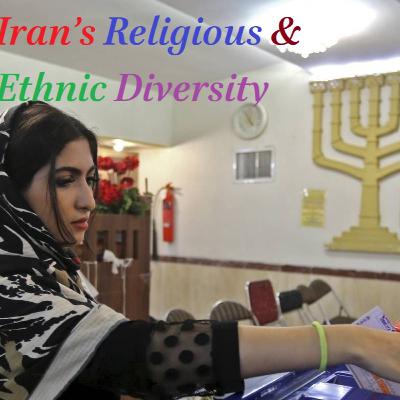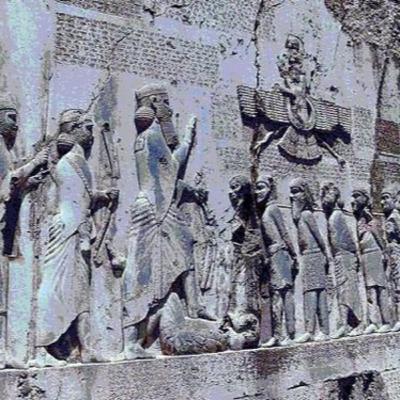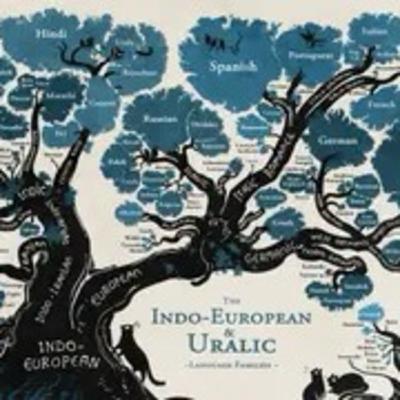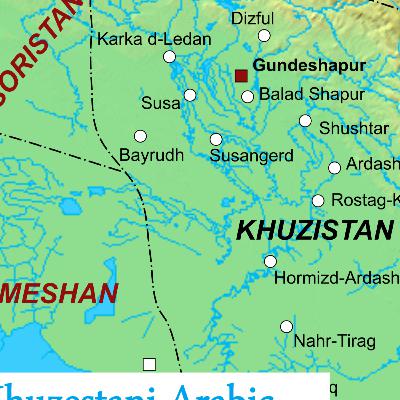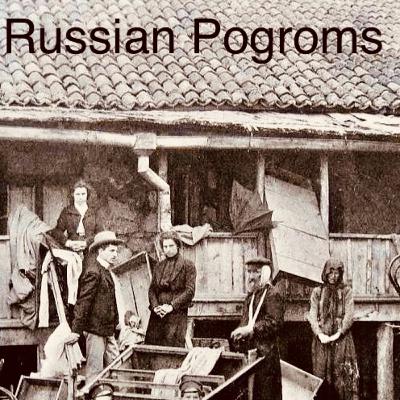An Introduction to Indo-European Linguistics, Part 2
Update: 2024-07-15
Description
In the preceding episode, we explored the foundational role of Sir William Jones in identifying the ancient Indo-European language as the ancestor of modern European languages. This episode focuses on Indo-European languages with examples from Sanskrit, Persian, and Hittite.
Proto-Indo-European forms the linguistic root of Sanskrit, Persian, and Hittite, showcasing their shared ancestry despite geographical and historical distances. For instance, Sanskrit "rājan" (king) is etymologically connected to Old Persian "xšāyaθiya," both derived from the Indo-European root "*reg-" meaning "to rule" or "king." In Hittite, words like "kuššar" (head) resemble Sanskrit "śiras," Latin "caput," and Greek "kephalē," indicating common roots in basic vocabulary.
Moreover, kinship terms such as Sanskrit "svasṛ" (sister), Persian "khāhar," and Hittite "nešša" (nephew/grandson) reveal shared Indo-European roots. The numeral "three" is similarly reflected in Sanskrit "tri," Persian "se," and Hittite "nēš."
These examples underscore the enduring linguistic connections across Sanskrit, Persian, and Hittite, illustrating how Proto-Indo-European vocabulary and grammar have influenced and evolved within distinct cultural and historical contexts.
Proto-Indo-European forms the linguistic root of Sanskrit, Persian, and Hittite, showcasing their shared ancestry despite geographical and historical distances. For instance, Sanskrit "rājan" (king) is etymologically connected to Old Persian "xšāyaθiya," both derived from the Indo-European root "*reg-" meaning "to rule" or "king." In Hittite, words like "kuššar" (head) resemble Sanskrit "śiras," Latin "caput," and Greek "kephalē," indicating common roots in basic vocabulary.
Moreover, kinship terms such as Sanskrit "svasṛ" (sister), Persian "khāhar," and Hittite "nešša" (nephew/grandson) reveal shared Indo-European roots. The numeral "three" is similarly reflected in Sanskrit "tri," Persian "se," and Hittite "nēš."
These examples underscore the enduring linguistic connections across Sanskrit, Persian, and Hittite, illustrating how Proto-Indo-European vocabulary and grammar have influenced and evolved within distinct cultural and historical contexts.
Comments
In Channel


